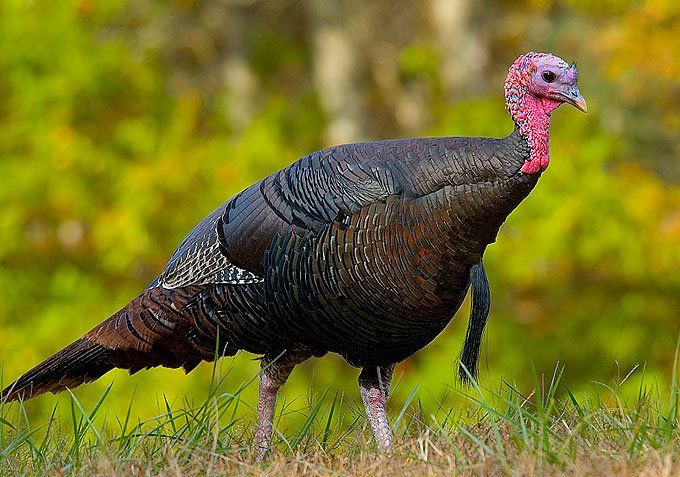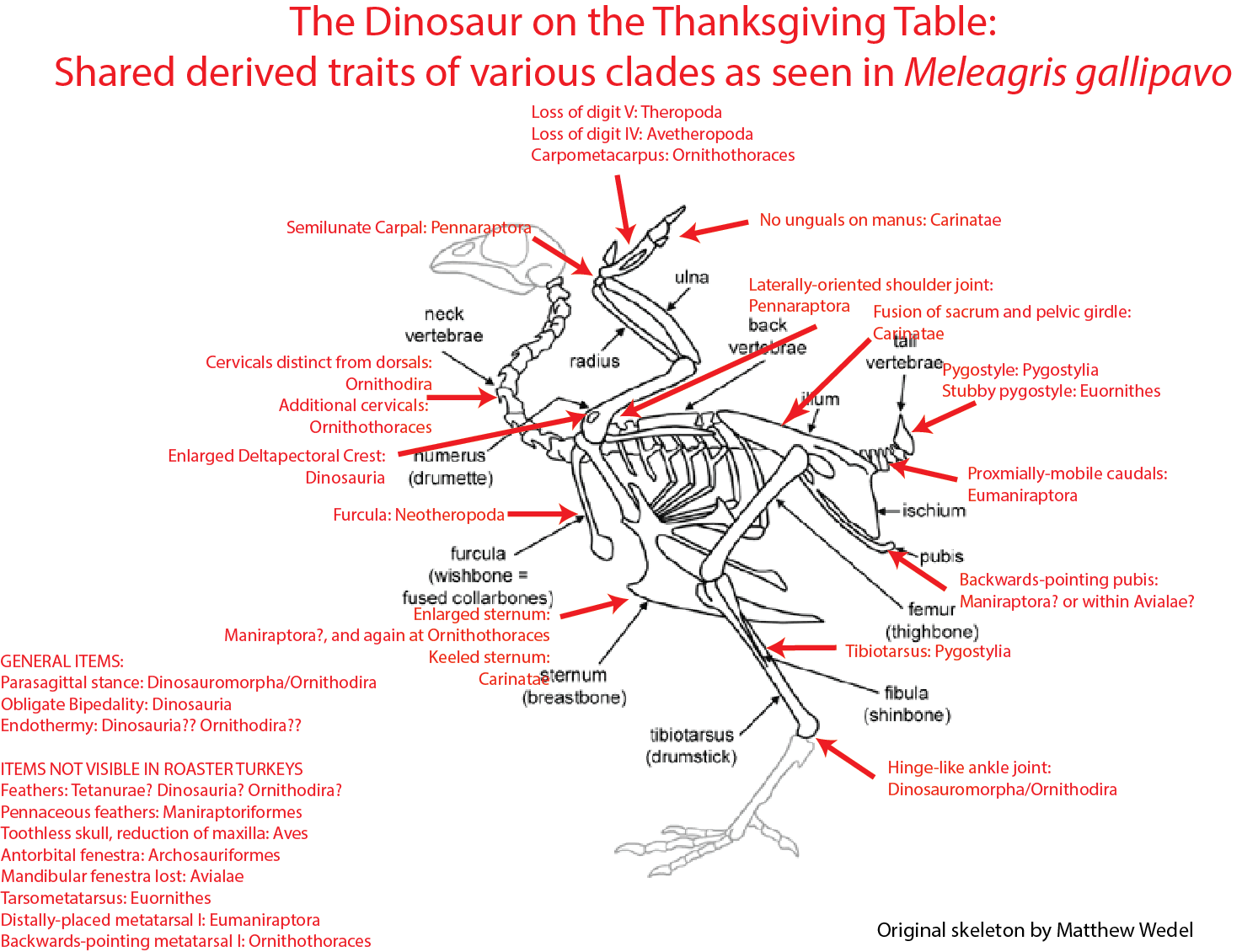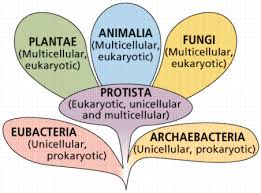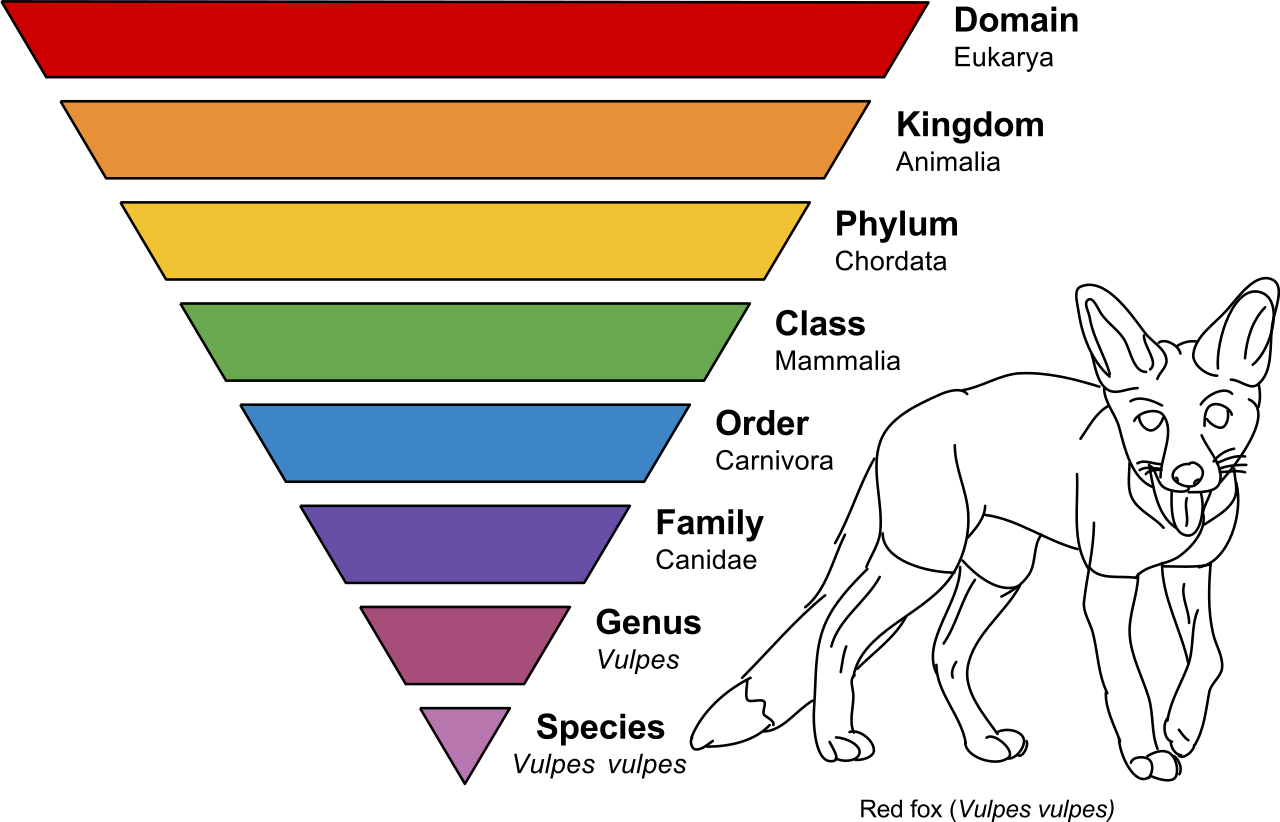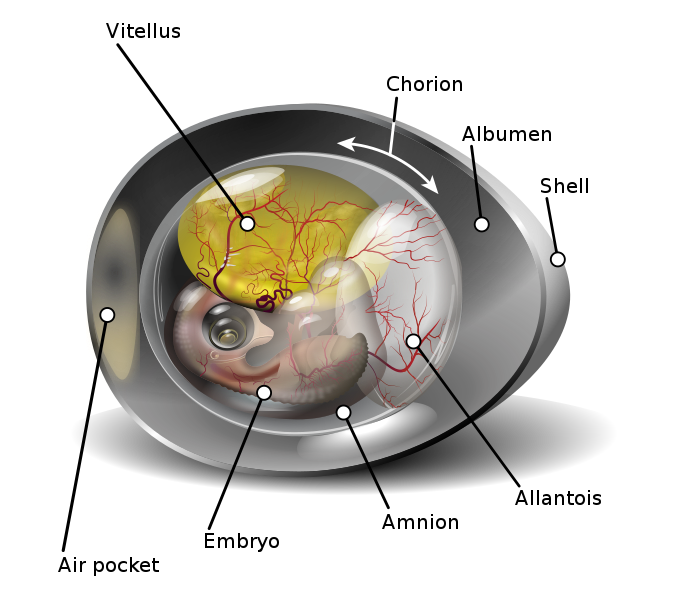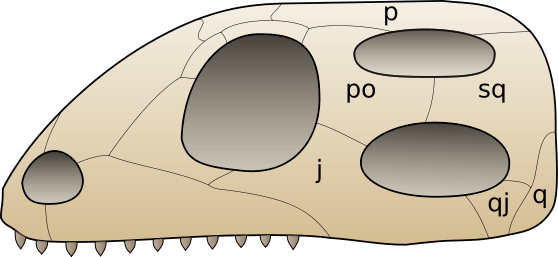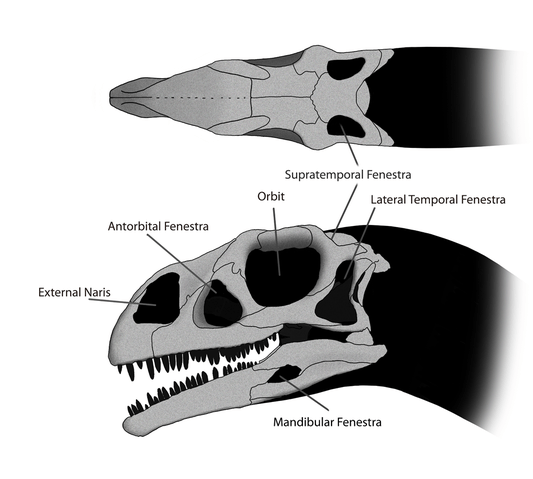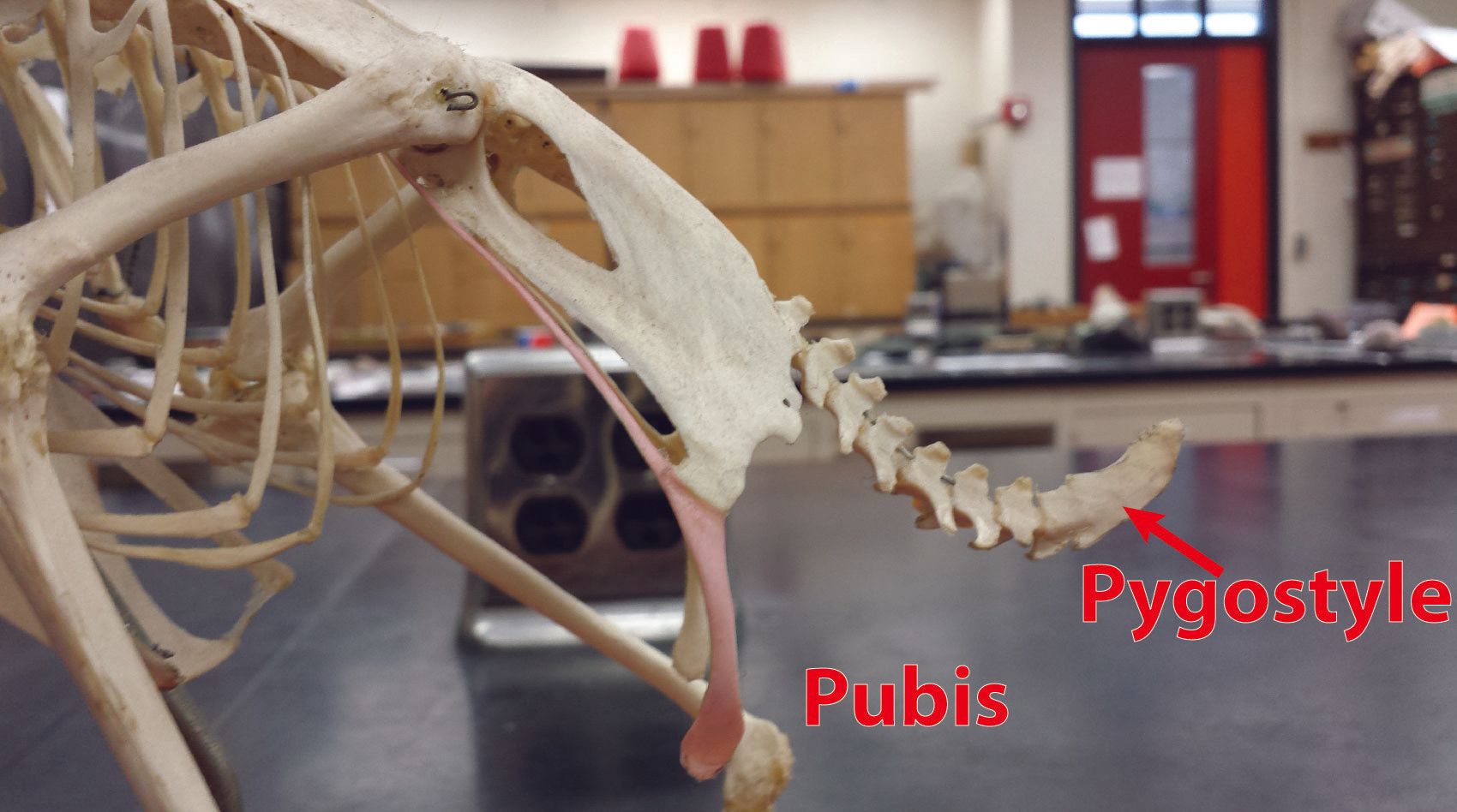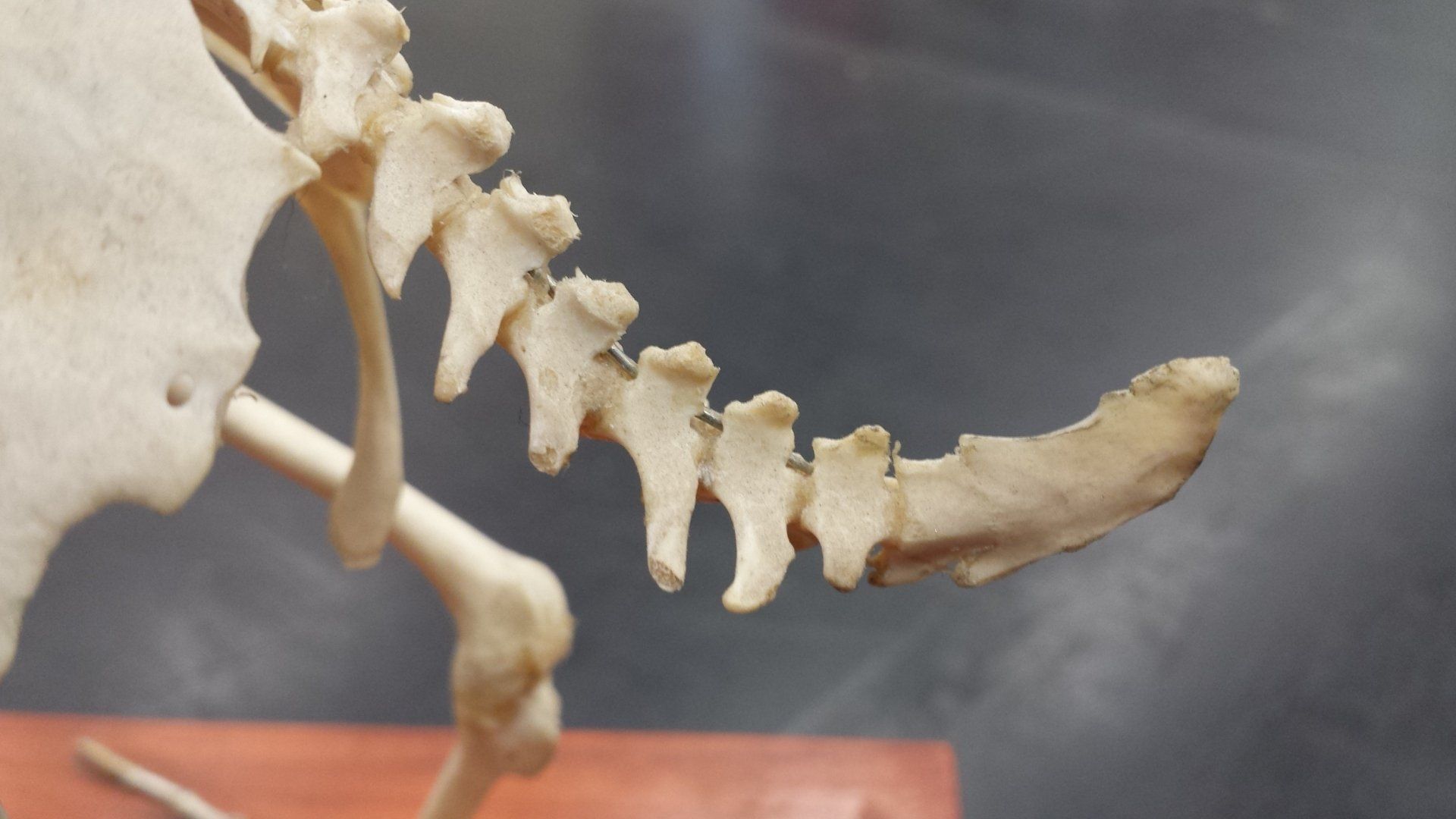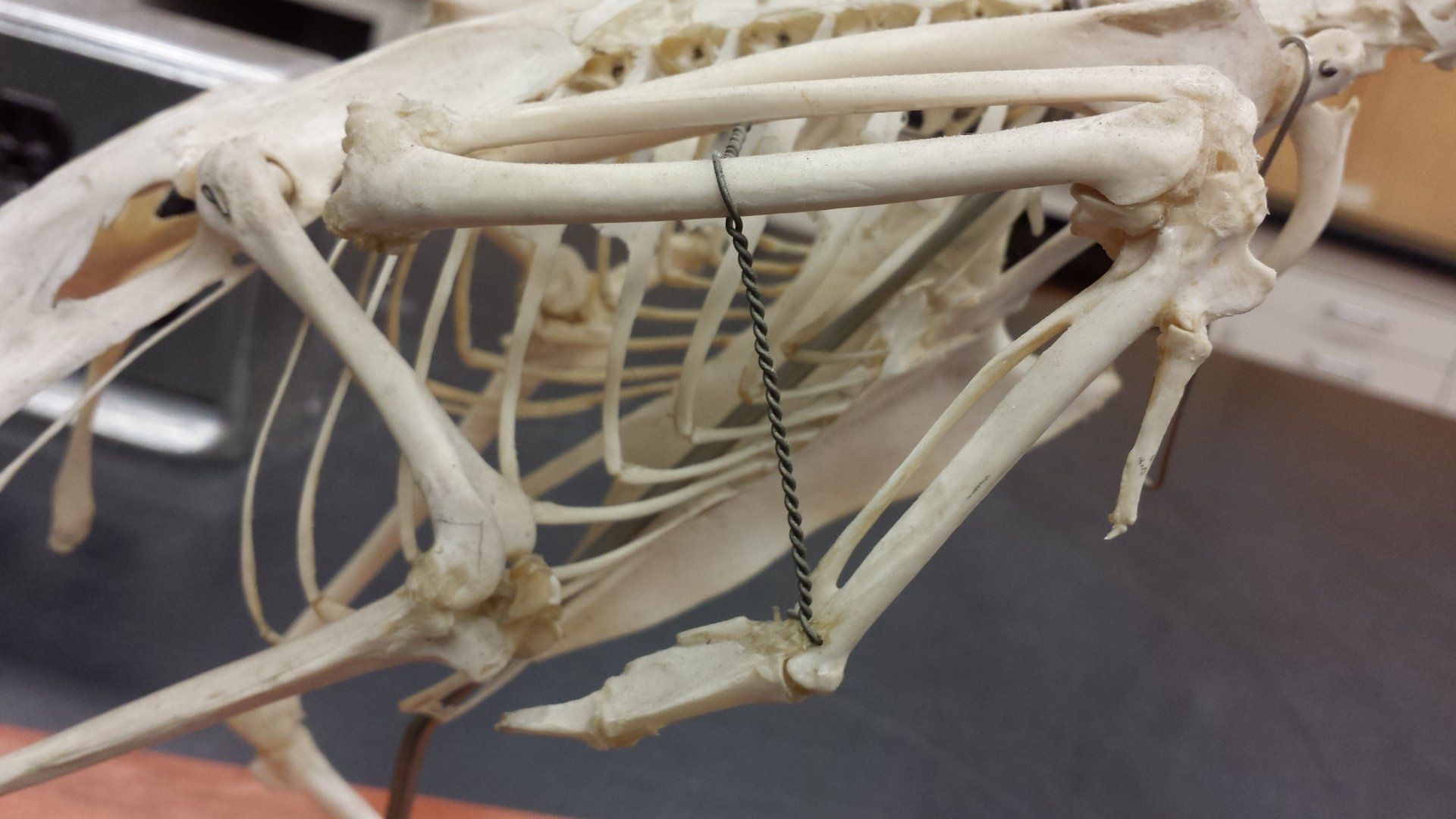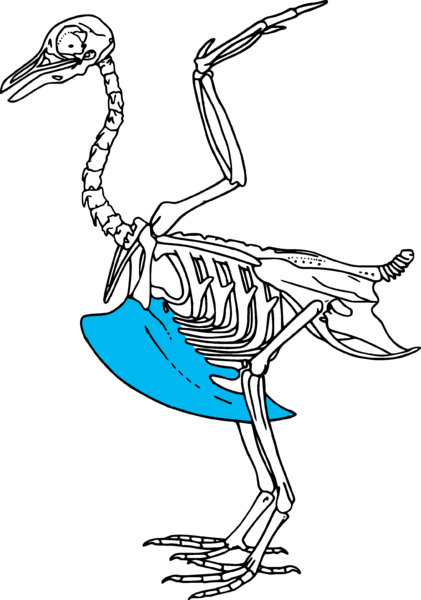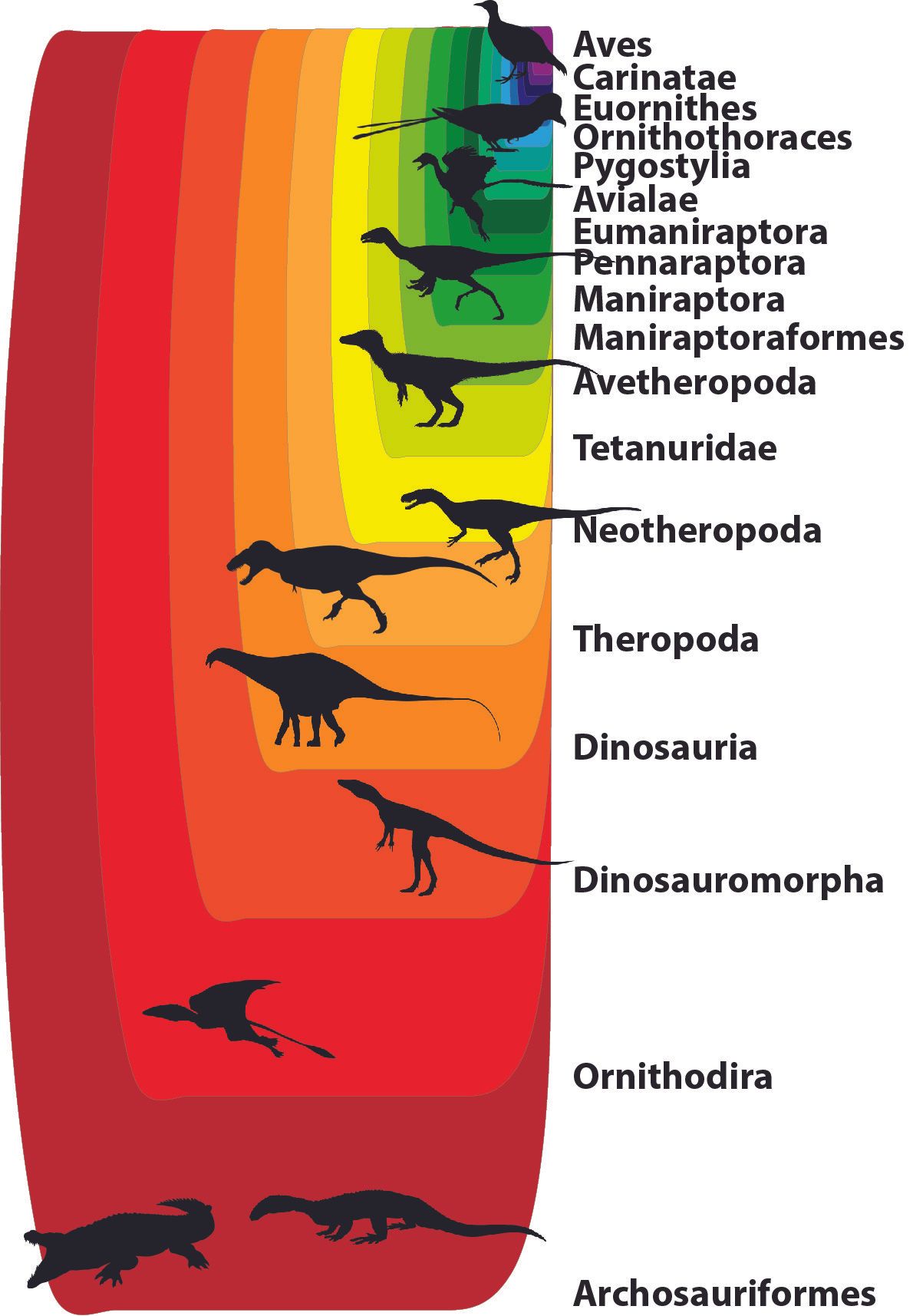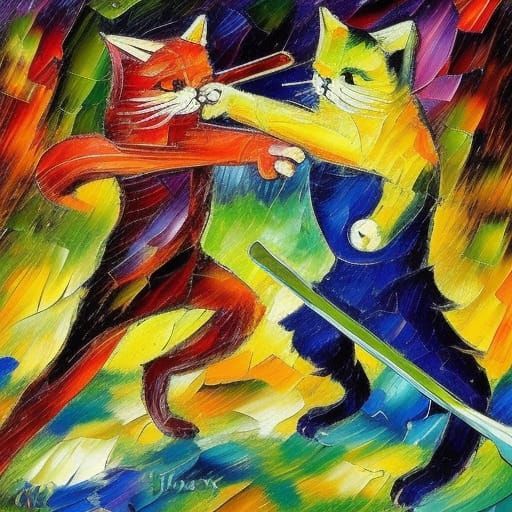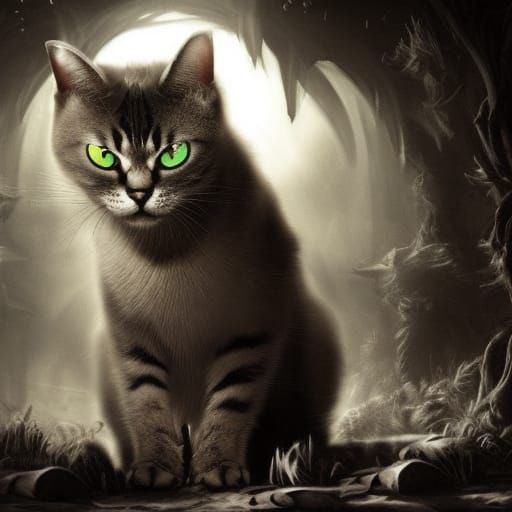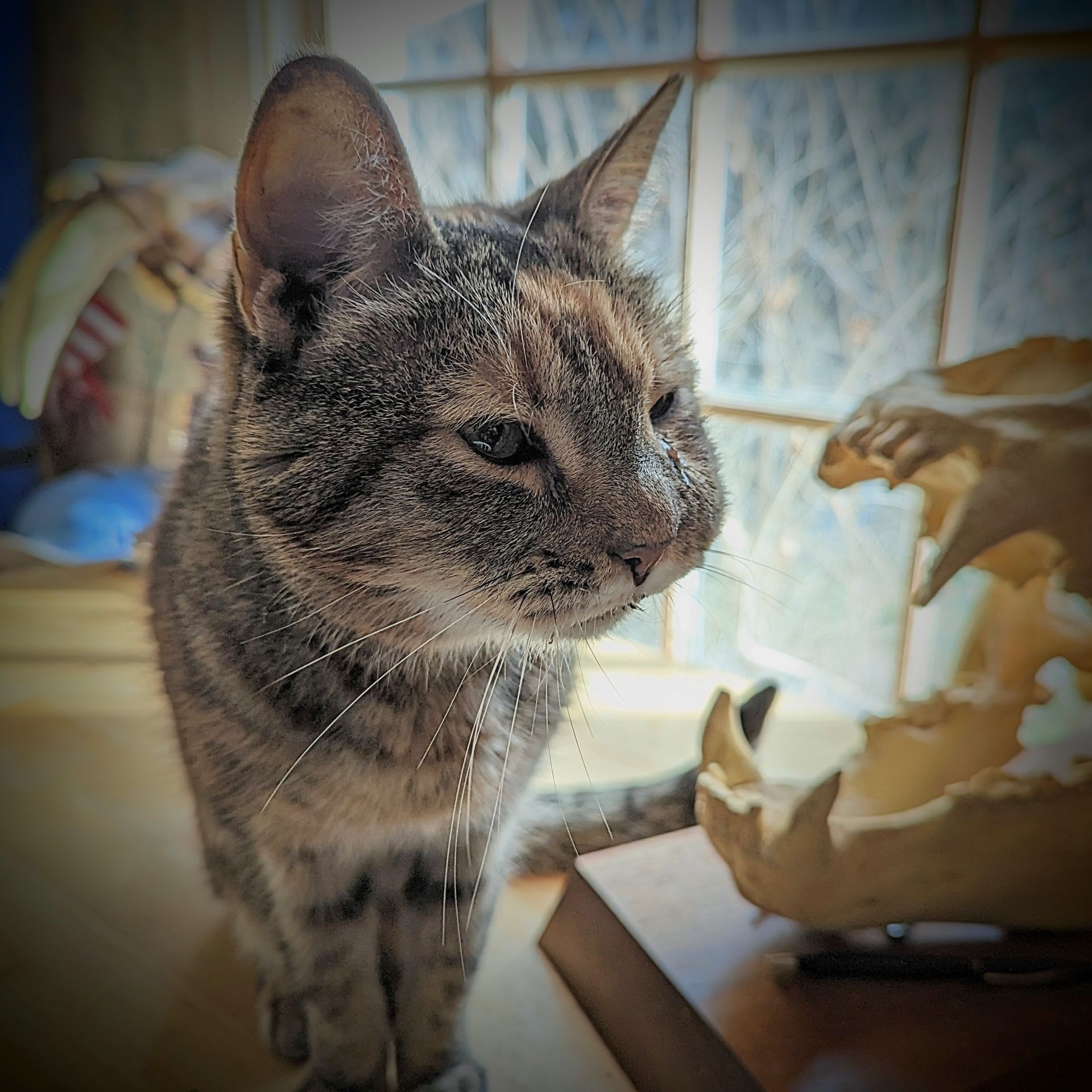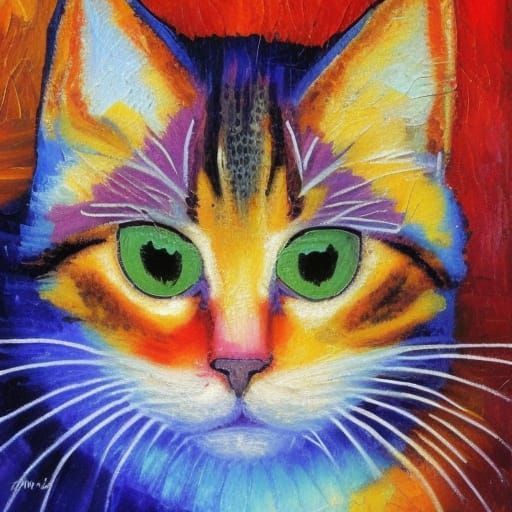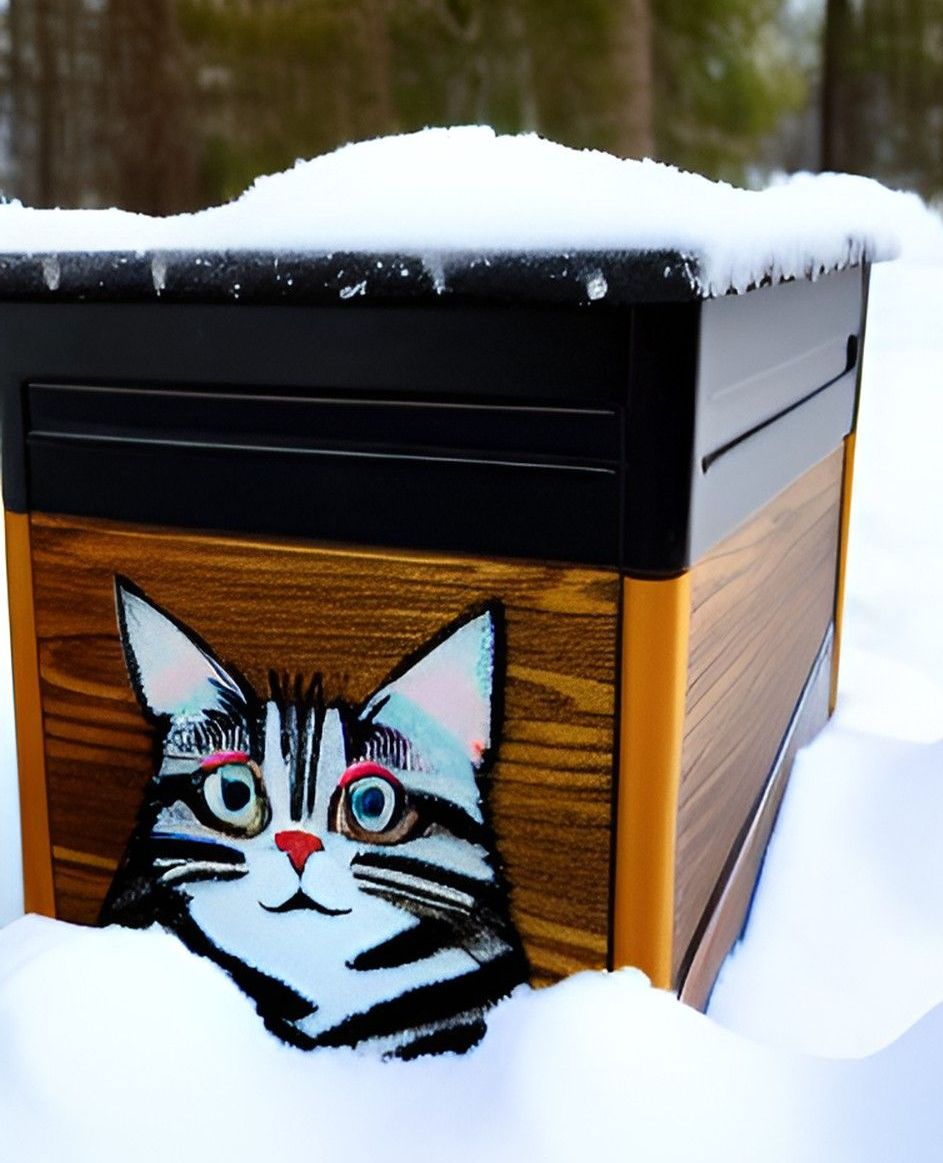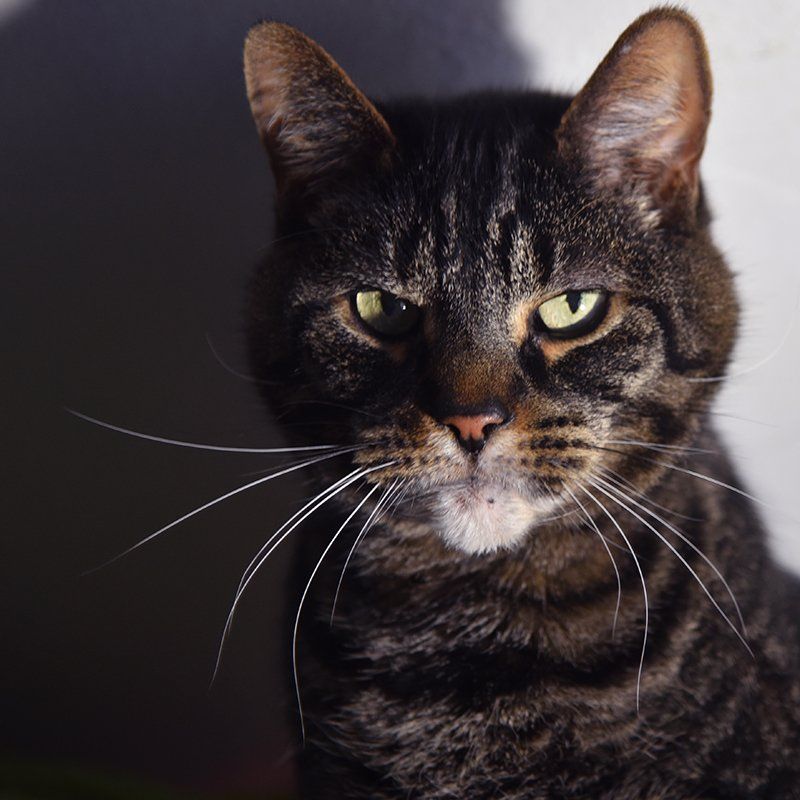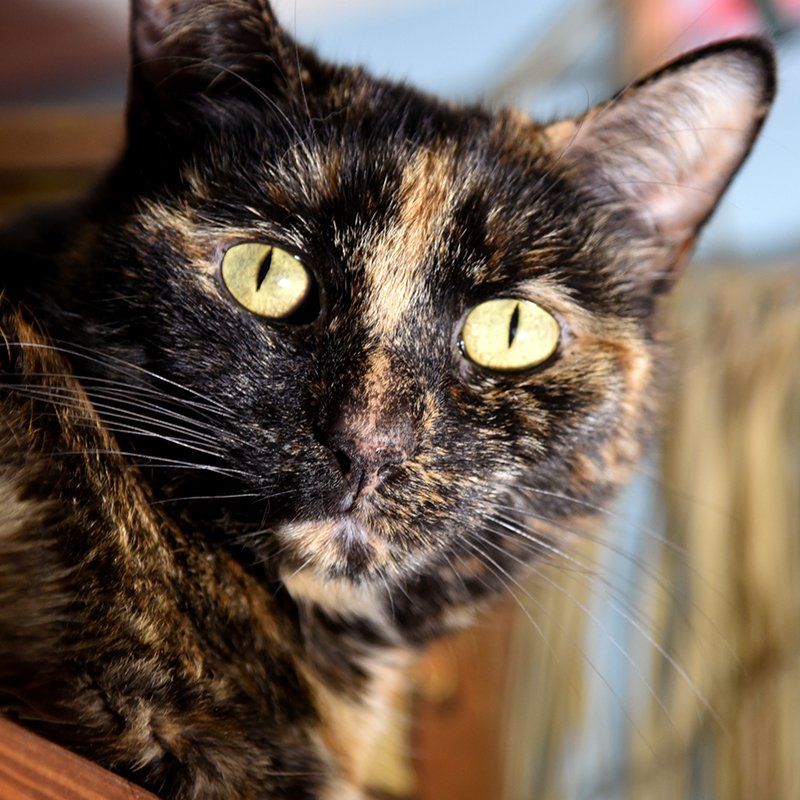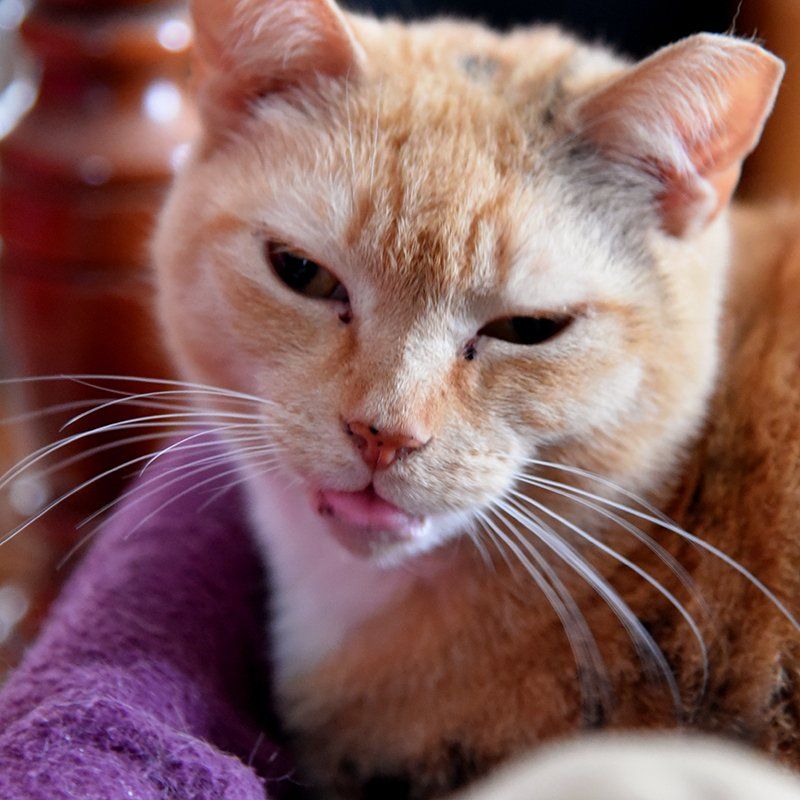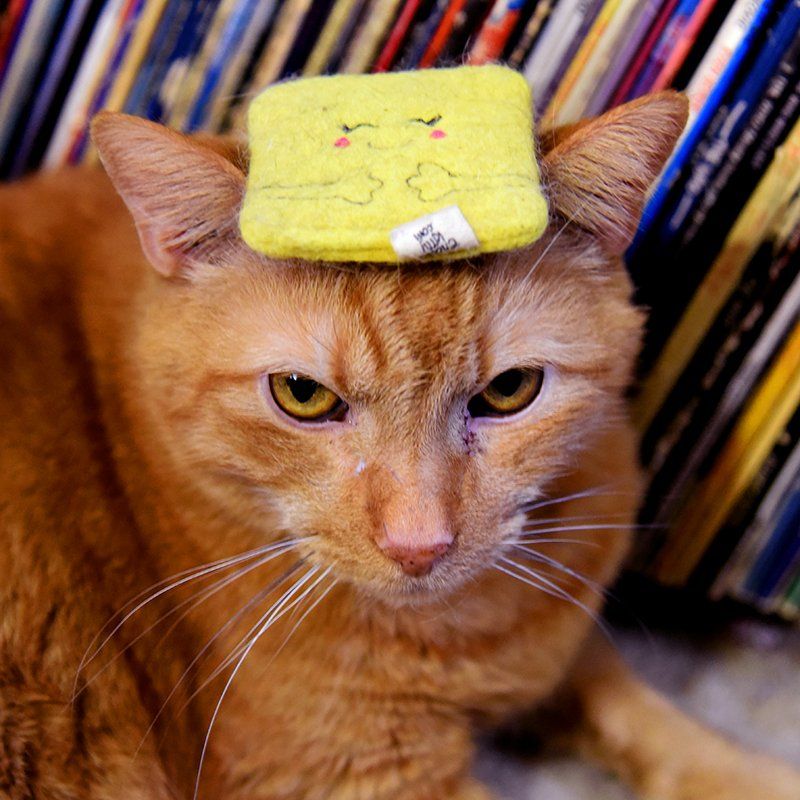The Holiday Dinosaur
The Holiday Dinosaur
For many people, the holidays of November and December are a time for the gathering of families and for large meals. These meals often include the animal pictured above. The wild turkey, Meleagris gallopavo.
But what a lot of these unsuspecting families don't realize is that they're not just enjoying turkey; they've welcomed a dinosaur into their home!
But how do we know that?
What is presented here is a re-hashing and updating of what is already available at the University of California Museum of Paleontology’s website.
It starts with a drawing of the skeleton of a turkey, and the pointing out of certain dinosaur-like features. Thomas Holtz takes their drawing a little farther and labels it with all the features of the turkey skeleton that are shared with dinosaurs.
In this post, we're going to go step-by-step, explaining where each of these different traits fits in with the dinosaurs. But first, we do need to discuss how we classify and categorize animals.
Part 1 - Classification of Things
It is human nature to categorize and classify.
We do this because the world is complex, and it's helpful to have categories by which to discuss over-arching concepts. Rather than having to run through a whole list of things, it's easier to simply say "trucks" or "cats" or "words that start with the letter q."
We do this unconsciously which can lead to some troubling biases and misconceptions. It is our job to make sure that our categories are both helpful and reflect the truth.
Categorizing Objects and Concepts in Our Experience
We look at objects and concepts and group them. This is a great exercise for children. From a young age, we engage in sorting and classifying as a way to teach:
- The kinds of automobiles
- Different types of books and where they are in a library
- Shoes for every occasion
- Art that uses differing media and styles
Sorting exercises like separating red objects from blue objects can be fun. We develop our categories, then drop objects into our classification scheme as we learn, or we may have to revise our scheme once in a while.
With experience, we soon discover that even the tightest of categories can be problematic. For example, there are cars and trucks, and SUVs, and station wagons. But then what about the so-called 'cross-over' vehicles. The Subaru Outback, the "World's first sport-utility wagon"? Where does that go?
We either force unusual things into existing categories, add new categories, or expand the concept of the categories that we already have.
Categorizing Living Things
Living things are also classified. As we look around the world, we experience dogs and cats and horses, and alligators and frogs. And mosquitoes.
We categorize these too, in various ways for the needs that we have. The biggest categories that are easy to understand are plants and animals.
There are other living things that are neither plant nor animal: The fungi, bacteria, and other single-celled organisms.
This gives us five Kingdoms of life:
- Monera (the bacteria, which is sometimes broken down into Eubacteria and Archaebacteria)
- Protista (the single-celled, but sometimes colonial organisms)
- Fungi (multicellular organisms that absorb nutrients from the environment)
- Plants (multicellular organisms that photosynthesize nutrients)
- Animals (multicellular organisms that must eat to gain nutrients)
Since we're thinking about animals (e.g. dinosaurs and birds) we'll focus in on the animals. These we categorize in lots of ways, but for our interests we'll limit ourselves to animals with bones versus animals without bones.
Furthermore, animals with bones are typically subdivided into:
- Fish
- Amphibians
- Reptiles
- Birds
- Mammals
When we consider these groups we thing of them as all being at the same "level." That is, in our own experience, they've always been around at the same time. They are completely distinct from each other. It takes some mental exercise to find the similarities among them.
Then come the geologists and the paleontologists and we add new groups to this list. Groups that are extinct, but once did exist, and were in the category of animals with bones, and are (apparently) completely distinct from the five groups we're familiar with.
In particular, the dinosaurs.
What we know about dinosaurs - at first, anyway - is that they are huge and laid eggs. Amphibians don't lay eggs like that. Mammals (with exceptions) don't lay eggs at all. So they are either bird-like or reptile-like. Well, birds don't have teeth (but dinosaurs do) and birds have wings (and dinosaurs don't), so dinosaurs were considered enormous reptiles.
It didn't take long for paleontologists to realize that dinosaurs have less in common with reptiles than they do with birds.
Shared Characteristics
Biologists and paleontologists group organisms not by what they look most like, but by shared common ancestry. For example, if we look at modern dogs, coyotes, wolves, foxes, and hyenas, we know that dogs, coyotes, and wolves are most closely related in part because of their similarity in appearance, but also in their ability to interbreed. Foxes look more similar to dogs-wolves-coyotes than to hyenas based on the overall shape of the teeth and skeleton, so foxes probably share a common ancestor with dogs-wolves-coyotes that hyenas do not. However, all five of the animals are startlingly different than any kind of cat like a lion.
Biologists are able to use the ability or inability of similarly looking organisms to be able to reproduce to determine relatedness. Paleontologists are limited to features of the skeleton to determine relationships. Detailed examination of the teeth of dogs, coyotes, and wolves show some important similarities that distinguish them from foxes, hyenas, and lions.
In the past, scientists used similarity to classify organisms using a scheme that you've probably heard of: the Linnaean Hierarchy or binomial nomenclature. It goes something like this:
Kingdom, Phylum, Class, Order, Family, Genus,
species.
Where each group was a subset of the group above and that species were given scientific names with two words, like Homo sapiens, or Canis latrans. Today the system is still in use, but has been modified because nature has more subtlety than these seven categories can capture.
Species names are still two words but the larger divisions are not always assigned the ranks like Order or Genus. Instead we regard these divisions as clades as best we can. A clade is defined as a group of organisms that are united by having a common ancestor. We determine common ancestry by looking for shared novel developments (you may hear them called 'shared derived characters') within members of the clade.
Animals with bones are in a single clade because they share bone, which appeared as a novelty after animals already existed. We call the 'animals with bones' clade the Vertebrata.
When we discuss clades then, we discuss the shared novel developments that distinguish members of that clade from all other members of the next larger clade. These changes can be small, resulting in hundreds of clades starting from all members of the Animalia, to a single species of dinosaur.
Part 2 - Defining Dinosaurs
So what are dinosaurs? How can we classify them? Dinosaurs aren't something from our modern existence, and in many ways are not necessarily distinct from the other animals with bones on the planet.
The Amnion
Shared similarities are used to categorize and classify organisms.
Let's go back to animals with bones and the categories that we're familiar with:
- Fish
- Amphibians
- Reptiles
- Mammals
- Birds
We assume the first animals with bones were fish. We feel safe with this assumption because all of the oldest fossils are of organisms that lived in water. This makes sense because life probably originated underwater. And water is such an important component of life on earth.
Amphibians were the first animals-with-bones the walk on land. They had the first legs, a novel development. In fact, the first amphibians were remarkably fish-like.
Having legs instead of fins is a shared novelty, a similarity that unites amphibians with reptiles, mammals, and birds. All four groups find common ancestry with an animal that learned to walk on land. They're all related, and separate from all other fish.
A group that can be united by a shared novel development, like the development of legs from fins, is called a clade. Animals with bones are in a clade called the Vertebrata. Animals with bones that also have legs are in a clade called the Tetrapoda (which means four feet).
These first tetrapods were tied to water, just as modern amphibians are. They needed water to lay their eggs to reproduce. At some point, however, the amnion developed, and tetrapods were able to lay eggs away from water. The amnion, plus an egg shell, provided a way for an egg to develop with its very on personal pond. The tetrapods that have an egg with an amnion are in a clade called the
Amniota, and are called amniotes. This includes reptiles, birds, and mammals and excludes amphibians.
Diapsids
The obvious ways with which we distinguish birds from mammals from reptiles in modern animals are their body coverings (feathers, fur, and scales, respectively). Unfortunately, body coverings tend not to fossilize very well. Most of what we have are bones and teeth.
Happily, skulls and skeletons preserve features that are distinctive among the three groups. The skull provides a first pass distinction between mammals and the other two groups.
Amphibian skulls have the basic structure of a bony braincase which then has a secondary bony helmet or armor over the top. It is in this space between the braincase and the outer armor are the jaw muscles (which incidentally is the same arrangement with fish!). In amniotes, there may or may not be one or more openings in the outer 'helmet' which allows for the jaw muscles to expand when biting, which further allows for an increased strength of bite.
Mammals have only one opening in their skull 'helmet,' which is called the 'synapsid' condition. Birds have two openings in their skull helmet, called 'diapsid'. Reptiles either have two openings ('diapsid') or no openings ('anapsid').
Dinosaurs have
diapsid
skulls, which categorizes them with modern reptiles or with birds. This is our first clue about the relationship between dinosaurs and birds.
Dinosauromorphs
Dinosaurs and birds and some reptiles are diapsids. Some diapsids have additional openings in the skull. In particular birds, dinosaurs, and crocodylians (as well as pterosaurs) have an opening called the antorbital fenestra, which is a fancy science-y way to say "opening in front of the eye."
All diapsid amniotes that have an antorbital fenestra are in a clade called the Archosauriformes, and are called more informally "archosaurs."
Some archosaurs have a suite of characteristics that unite them into a clade that is called the Ornithodira. The ornithodires exclude the crocodylians, but include dinosaurs, birds, and pterosaurs. What distinguishes ornithodires from from the rest of the archosaurs is the structure of the spinal column where the neck vertebrae are different than the vertebrae that have ribs.
In the clade called the
Dinosauromorpha, which includes dinosaurs and birds and excludes pterosaurs, the animals have a hinge-like ankle and what's called a parasaggital stance, which is a fancy way of saying the the legs are drawn underneath the animal rather than sprawled out to the side like lizards or salamanders. Mammals also have a parasaggital stance, which came about separately from how it came about in the dinosaurs.
Dinosaurs
What then is a dinosaur?
The dinosaurs are in a clade called the Dinosauria. A dinosaur is an amniote that has the characteristics of an archosaur, and ornithodire, and a dinosauromorph, as well as as being an obligate biped (walks only on two legs), and specific modifications on the humerus (upper arm bone) unique to dinosaurs.
Dinosaurs and birds all share these characteristics which unites them and distinguishes them from all other amniotes. Thus, birds are in the same group as dinosaurs - they share a common ancestry - meaning that birds are dinosaurs.
Part 3 - Defining Birds
Okay then. So birds and dinosaurs share a common ancestry and because the group is called the Dinosauria, this makes birds dinosaurs.
But, I'm sorry, birds don't look anything like a Triceratops. (Also, didn't you just say that Dinosaurs were 'obligate bipeds'? Because last I checked, Diplodocus didn't walk only on two legs.)
Not all dinosaurs are the same, and we can use the same tools to group birds in with dinosaurs to further figure out which dinosaurs are the closest ancestors to birds.
Theropods
Dinosaurs are traditionally divided into two major groups: The saurischia and the ornithischia. The Theropoda, which famously includes Tyrannosaurus, has been considered a saurischian dinosaur, but recent research placed that group with the ornithischia.
In either case, the theropods remain as a distinct group of mostly carnivorous dinosaurs that are bipedal and have three main toes on the feet with a fourth toe that's separated. There is no fifth toe. Modern birds share these characteristics of the feet. Furthermore, birds share the furculum (or wishbone) with a sub group of the theropods called the Neotheropoda, which includes Tyrannosaurus.
If feathers were not already present within the Theropoda, a subgroup of the Neotheropoda called the
Tetanuridae
almost certainly did. Additionally, the tetanurids were characterized by having a long stiff tail.
-
Pigeon furculum
ButtonPigeon furculum, also known as the wishbone. Credit: Toony CC 3.0 By-SA
-
Tyrannosaurus furculum
ButtonThe furculm of Tyrannosaurus. Credit: Conty, Dinoguy2 CC 2.5 By-SA
On Warm Blood and Feathers
Birds, like us, are warm-blooded, meaning that they generate a high body temperature. Reptiles and amphibians are cold-blooded in that thy do not use metabolic processes to maintain a warm body. This leaves paleontologists wondering when warm-bloodedness arose in the lineage leading to the birds.
In modern birds, feathers serve two purposes. The first is to provide the aerodynamic surface that allows birds to fly. The other is to provide insulation, which is important for warm-blooded organisms. Feathers, like fur, tend not to fossilize, but there are situations in which evidence of feathers can be preserved. Such evidence has appeared throughout the Dinosauria and it's believed that feathers appear fairly early on among the dinosaurs. These dinosaurs were clearly not flying, so paleontologists use the presence of feathers in this case to indicate that warm-bloodedness was common within the Dinosauria.
Feathered Dinosaurs
Theropods, and tetanurids more specifically, are clearly dinosaurs. These are the ones that we have plastic toys for and are the heroes (or villains for certain Hollywood franchises). What isn't portrayed well in the movies is that these dinosaurs were likely to have been covered with feathers, but other than that, the movie image is close to how we understand what reality would have been.
The dinosaurs of the clade Avetheropoda have lost digit IV from their hands, which is shared with birds.
The Maniraptoraformes are a clade within the Avetheropoda that has wings with long, stiff, pennaceous feathers.
The Maniraptora have features that are very notably bird-like, including an enlarged sternum and a backwards-pointing pubis on the hip bone. The Maniraptora includes familiar dinosaurs, Deinonychus and Velociraptor.
The clade Penneraptora is united by some distinctly 'bird' characteristics, in particular the semilunate carpal (wrist bone) which allows bird wings to fold as they do. Additionally, the shoulder joint points out to the side of the dinosaur, rather than down or to the back in earlier dinosaurs. Velociraptor and Archaeopteryx possess these characteristics, but Deinonychus does not.
Velociraptor,
Archaeopteryx, and other animals recognized as birds further share characteristics that unite them into the clade
Eumaniraptora. Eumaniraptorans have a very mobile tail at its base as well as having the great toe turned to the back side of the foot. Eumaniraptorans are still dinosaurs, as they are in the clade Dinosauria, but they are distinctly bird-like and some people refer to
Archaeopteryx as a bird.
Bird is the Word
We have reached the point where the dinosaurs we're discussing are so bird-like that we may be tempted to call them birds. This is good because it illustrates one of the major problems with the Linnaean classification scheme as we are taught in school.
In the Linnaean scheme, birds are in the Class Aves and Dinosaurs are in the Class Dinosauria. Since both are at the rank of Class, this implies that they are distinct from one another. However, as we'll soon see, the Class Aves is a clade within the Class Dinosauria.
The clade Avialae is the largest clade that excludes things that are considered dinosaurs and superficially would be labeled as bird by most lay people. The most important distinction between members of the Avialae and the eumaniraptorans is that a opening in the bone of the lower jaw - the mandibular fenestra - is lost.
Within the Avialae is the clade Pygostylia, united by the appearance of the pygostyle, the short stubby tail bone of birds to which all their tail feathers are attached. Gone is the long, still tail of the dinosaurs. Pygostylians also have some modifications of the lower leg, in particular the fusion of the tibia (shin bone) to the tarsus (foot bones), which is shared with modern birds.
The clade Ornithothoraces share the extreme fusion of the wrist and hand bones seen in birds as an anchor for the strong flight feathers. Additionally new neck bones arise, resulting in a longer, more flexible neck.
Within the Orniththoraces, the Euornithes have a fully modern pygostyle, though still have belly ribs in common with earlier dinosaurs.
The Carinatae are indisputably birds capable of flying. They bear the keeled sternum necessary to support the chest muscles required for powered flight. The hip bones and sacrum are fused into a single unit, the synsacrum, for strength and stability. The unguals, or the last finger bone of the typical three per finger, is missing from the hands. The Carinatae includes a bird called Hesperornis, which seems superficially cormorant or penguin like and was likely a diver. But it had teeth.
Aves is the clade that includes all modern birds. No modern bird has teeth (the egg tooth seen in many birds is not a true tooth), and has a greatly reduced upper jaw bone, the maxilla.
Part 4 - Dinosaurs you would know
- Dunkelosteus - A fish. Not a dinosaur.
- Tiktaalik - A fish. Not a dinosaur.
- Ichthyostega - An amphibian. Not a dinosaur.
- Dimetrodon - An amniote. A synapsid. Not a dinosaur.
- Alligator - An archosaur. Not a dinosaur.
- Ramphorynchus - An archosaur. An ornithodire. A pterosaur. Not a dinosaur.
- Parasaurolophus - A dinosaur. An ornithischian.
- Triceratops - A dinosaur. An ornithischian.
- Dilophosaurus - A dinosaur. A theropod.
- Tyrannosaurus - A dinosaur. A theropod.
- Compsognathus - A dinosaur. A tetanuran.
- Deinonychus - A dinosaur. A maniraptoran.
- Velociraptor - A dinosaur. A eumaniraptoran.
- Archaeopteryx - Also a dinosaur .A bird? A eumaniraptoran.
- Hesperornis - A carinatid bird. Also a theropod. Also a dinosaur.
- Aquila - A modern bird in Aves. Also a theropod. Also a dinosaur.
- Meleagris - A modern bird in Aves. Also a theropod. Also a dinosaur.
